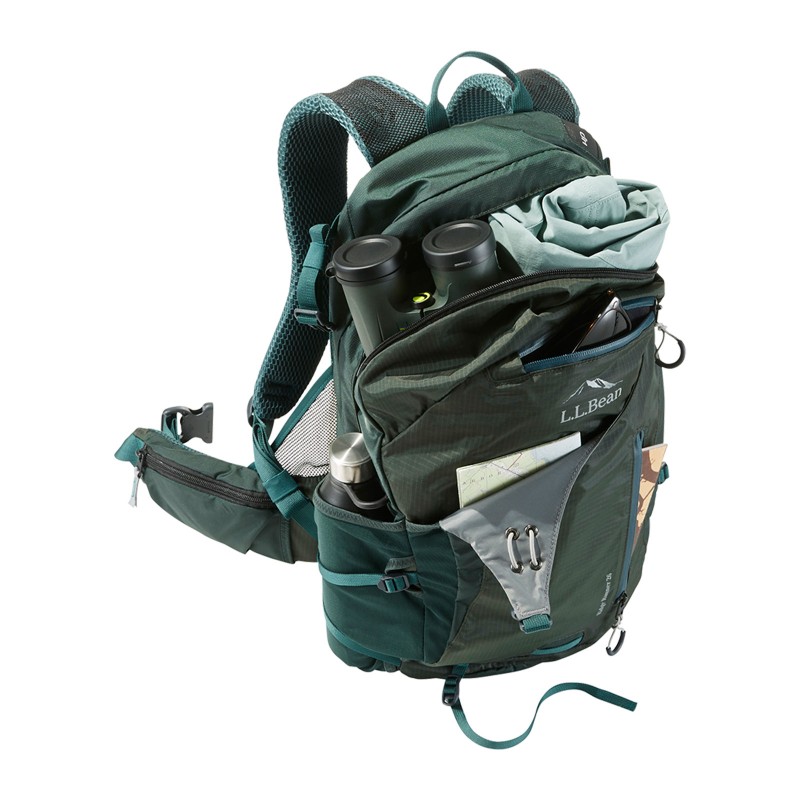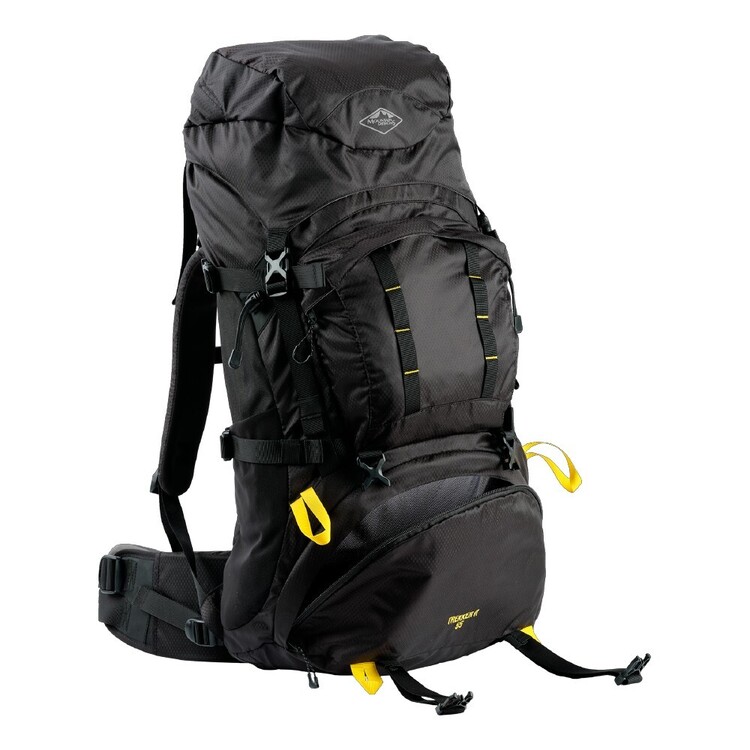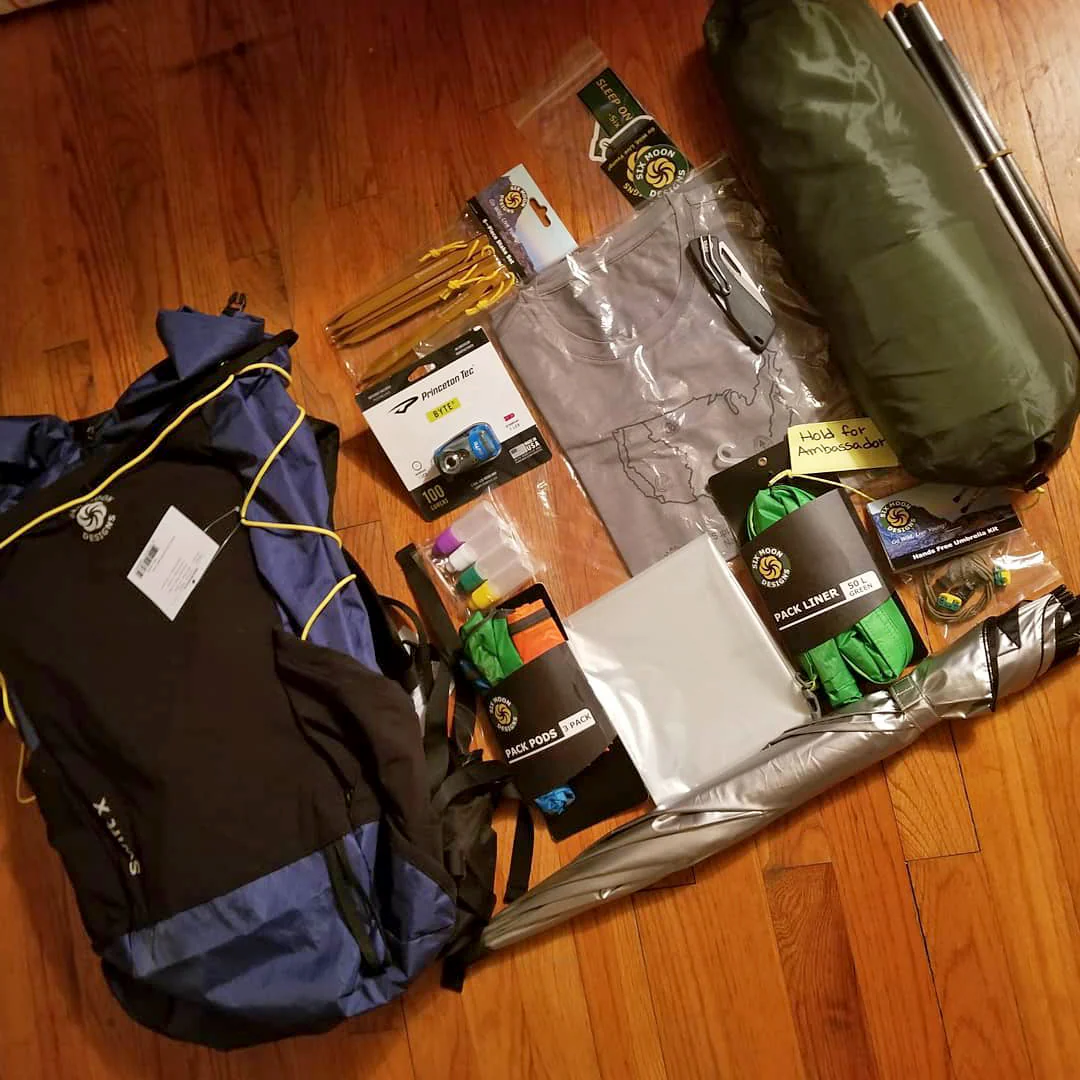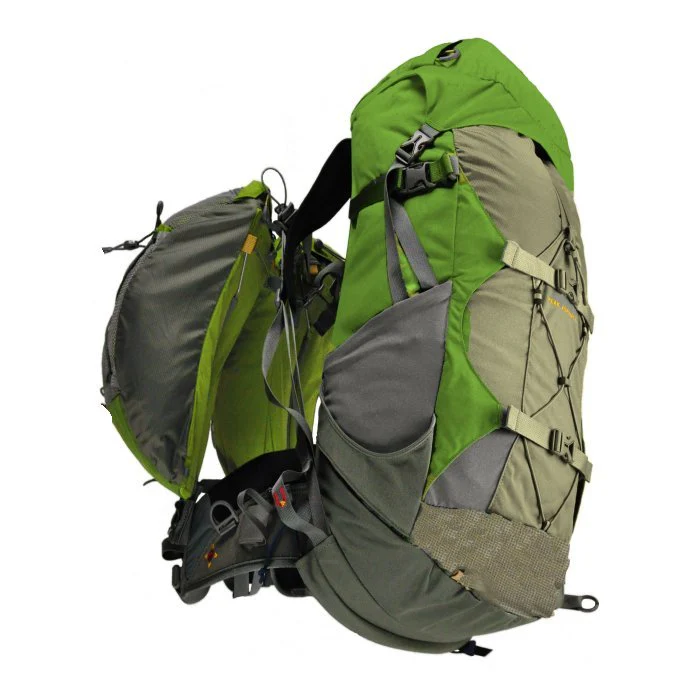I. Introduction to Hiking Gear

A. The Importance of Packing Wisely
What to pack for hiking? When venturing out into the great outdoors for a hike, the gear you choose to bring along can significantly impact your experience. The importance of packing wisely cannot be overstated. Carefully selecting the right equipment, clothing, and provisions is crucial for ensuring comfort, safety, and enjoyment during your hiking adventure.
Properly chosen and packed gear can make the difference between an exhilarating, stress-free hike and an uncomfortable, even dangerous, trek. From clothing and footwear to essential supplies and safety tools, each item you pack serves a vital purpose in the overall success of your hiking experience.
B. Tailoring Your Gear to Your Hiking Destination
Another key aspect of preparing for a hike is tailoring your gear to the specific characteristics of your chosen hiking destination. Whether you plan to hike through dense forests, scale rugged mountains, explore desert terrains, or trek along coastal paths, understanding the unique demands of your chosen environment is essential for selecting the appropriate gear.
Different hiking destinations present varying challenges such as temperature fluctuations, terrain types, and potential weather conditions. By tailoring your gear to the specifics of your hiking location, you can ensure that you are adequately prepared to handle the physical demands and unexpected elements that may arise along the trail.
II. Clothing and Footwear
A. Layering Essentials for Varied Conditions
When it comes to hiking, proper clothing is essential for maintaining comfort and protection in a range of environmental conditions. Layering your clothing is a tried-and-true strategy for adapting to fluctuating temperatures and weather conditions that are often encountered during hikes.
The base layer, consisting of moisture-wicking fabrics such as merino wool or synthetic blends, helps regulate body temperature and wick moisture away from the skin, keeping you dry and comfortable. The insulating layer provides warmth by trapping body heat, while the outer shell protects against wind, rain, and other elements. Adapting your clothing layers to your hiking environment ensures you can maintain a consistent, comfortable body temperature throughout your trek.
B. Sturdy Footwear and Socks for Comfort and Support
Choosing the right footwear for hiking is crucial for providing the support, stability, and comfort necessary for navigating challenging terrains. Sturdy hiking boots or trail shoes with ample ankle support, durable outsoles, and protective toe caps are essential for tackling varied landscapes and minimizing the risk of foot-related injuries.
Equally important are high-quality hiking socks, which play a significant role in preventing blisters, keeping feet dry, and offering additional cushioning and support. Well-fitting, moisture-wicking socks can go a long way in ensuring your comfort and foot health throughout the entirety of your hike.
III. Outdoor Gear and Equipment
A. Backpack and Daypack Essentials
One of the most critical pieces of gear for any hiker is the backpack. Whether embarking on a short day hike or a multi-day trek, choosing the right backpack and knowing how to pack it efficiently is paramount. Essential features include a comfortable, adjustable suspension system, padded shoulder straps, a supportive hip belt, and multiple compartments for organized storage.
When selecting a daypack for shorter hikes, opt for a model that comfortably accommodates your water supply, snacks, clothing layers, first aid kit, navigation tools, and any additional essentials, with enough room for versatility without being bulky or cumbersome.
Navigational tools and safety gear are indispensable for a safe and enjoyable hiking experience. A compass and topographic map, along with the knowledge of how to use them effectively, are fundamental for wayfinding in the backcountry, especially when electronic devices may be unreliable. Supplement these tools with a GPS unit or smartphone apps designed for offline map access, adding an extra layer of security to your navigation plan.
Additionally, a well-stocked first aid kit, complete with wound care supplies, medications, and emergency items such as a whistle, signaling mirror, and emergency blanket, is essential for addressing potential injuries and emergencies on the trail. Ensure that the right safety precautions, such as sun protection and insect repellent, are also included to support a safe and comfortable hiking experience.
IV. Hydration and Nutrition
A. Water Bottles and Hydration Systems
Proper hydration is critical for well-being and performance during a hike. Water bottles and hydration systems are essential components of a hiker’s kit. For shorter hikes, a lightweight bottle or collapsible water container is sufficient, while longer treks may require a hydration reservoir or bladder integrated into a backpack.
It’s essential to carry an adequate water supply and plan for opportunities to refill along the route, accounting for the individual’s hydration needs and the duration and intensity of the hike. Incorporating a hydration strategy that ensures a consistent intake of water throughout the hike can help prevent dehydration and maintain optimal energy levels.
B. Trail Snacks and Portable Nutrition

Sustaining energy levels with trail snacks and portable nutrition is crucial for maintaining stamina and focus during a hike. Incorporating a variety of nutrient-dense, easily packable snacks such as energy bars, trail mix, dried fruits, nuts, and jerky can provide a balanced source of carbohydrates, protein, and healthy fats.
Additionally, for longer hikes or multi-day trips, planning and packing lightweight, compact meal options such as dehydrated meals and lightweight cookware can ensure sustained nourishment. Adjusting the quantity and variety of snacks and meals according to the length and intensity of the hike is essential for maintaining energy and meeting nutritional needs.
V. Personal Items and First Aid
A. Personal Essentials and Toiletries
When it comes to personal essentials and toiletries, it’s important to always be prepared, especially when you’re on the go. Whether you’re traveling, camping, or simply going about your day-to-day activities, having these items readily available can make a world of difference.
- Toothbrush and Toothpaste: Maintaining oral hygiene is crucial, so having a toothbrush and toothpaste on hand is a must. Keep a travel-sized toothbrush and toothpaste in your bag for convenience.
- Deodorant: Staying fresh and odor-free is important, especially during long days or when traveling. A small deodorant stick or spray can easily fit in your bag or purse.
- Hand Sanitizer: In today’s world, keeping your hands clean is more important than ever. A small bottle of hand sanitizer can help you stay germ-free while on the go.
- Feminine Hygiene Products: For individuals who menstruate, it’s important to have feminine hygiene products on hand at all times. It’s a good idea to keep a few extras in your bag in case of emergencies.
- Facial Tissues: Whether it’s for wiping away sweat, cleaning up spills, or blowing your nose, having a pack of facial tissues can come in handy in various situations.
B. First Aid Kit and Emergency Supplies
Accidents and emergencies can happen at any time, which is why having a well-stocked first aid kit and emergency supplies is crucial. You never know when you might need them, so it’s better to be safe than sorry.
- Band-Aids and Adhesive Tape: For minor cuts, scrapes, and blisters, having a supply of band-aids and adhesive tape can help protect and support the injured area.
- Antiseptic Wipes and Ointment: Cleaning and disinfecting wounds is essential to prevent infections. Antiseptic wipes and ointment can help sterilize the area and promote healing.
- Gauze Pads and Roll: For more significant injuries, such as deep cuts or wounds, gauze pads and rolls can be used to apply pressure and dress the wound until further medical attention is available.
- Pain Relievers: Whether it’s a headache, muscle ache, or minor injury, having pain relievers such as ibuprofen or acetaminophen on hand can provide much-needed relief.
- Emergency Contact Information: In case of a more serious emergency, it’s important to have a list of emergency contact numbers, including local hospitals, family members, and close friends.
In conclusion, packing wisely and tailoring your gear to your hiking destination are essential components of a successful and enjoyable hiking experience. By carefully selecting and organizing your clothing, footwear, and other gear, you can better prepare yourself for the challenges and rewards that await on the trails. In the following sections, we will further explore the outdoor gear and equipment, hydration and nutrition essentials, personal items and first aid, and environmental considerations that are critical for a well-prepared and enjoyable hiking adventure.

